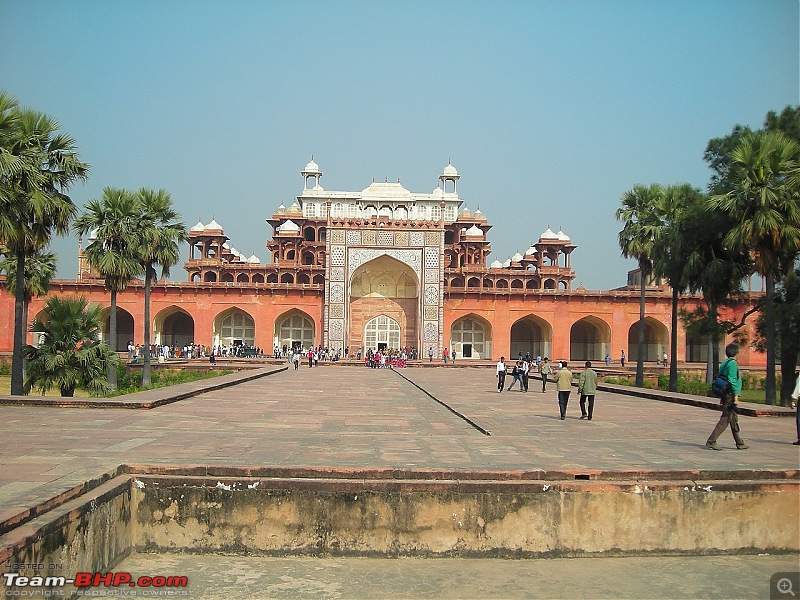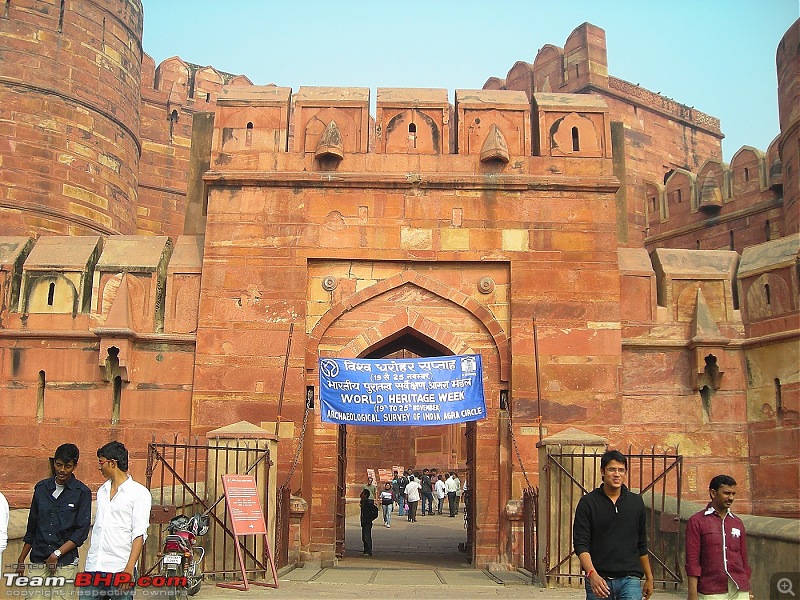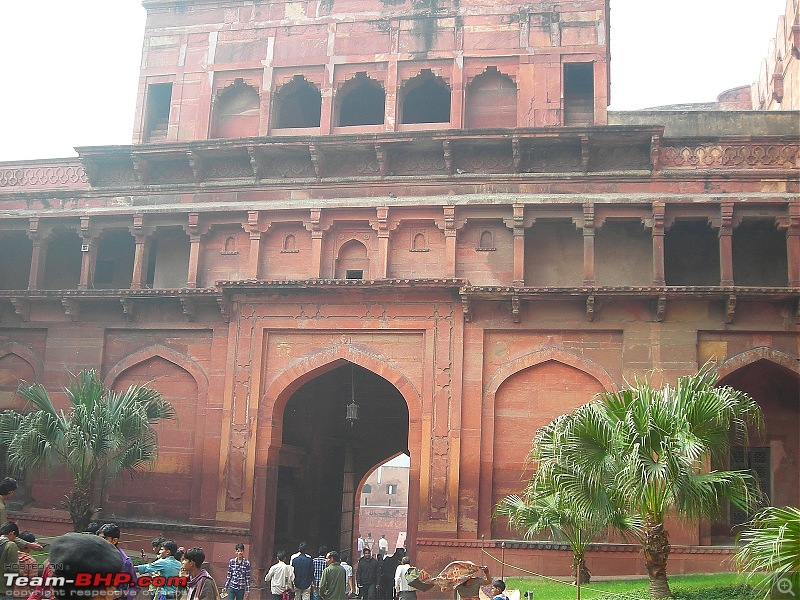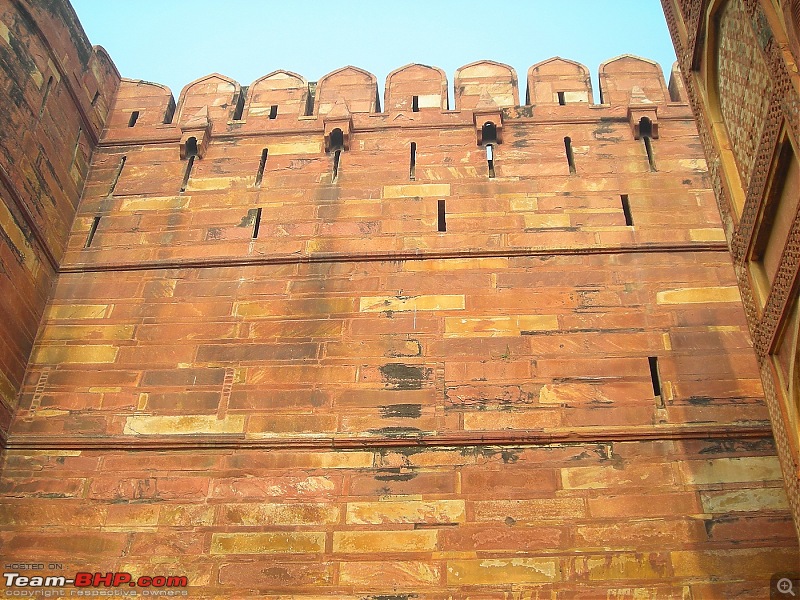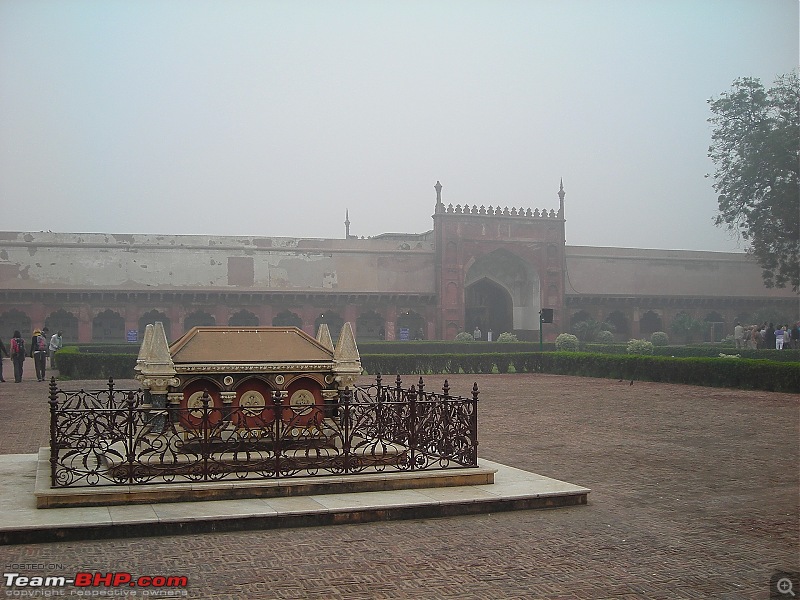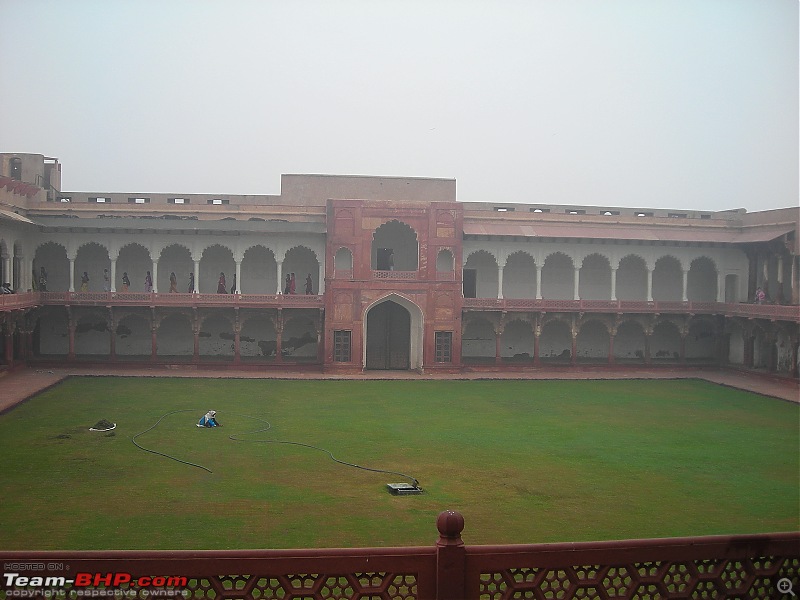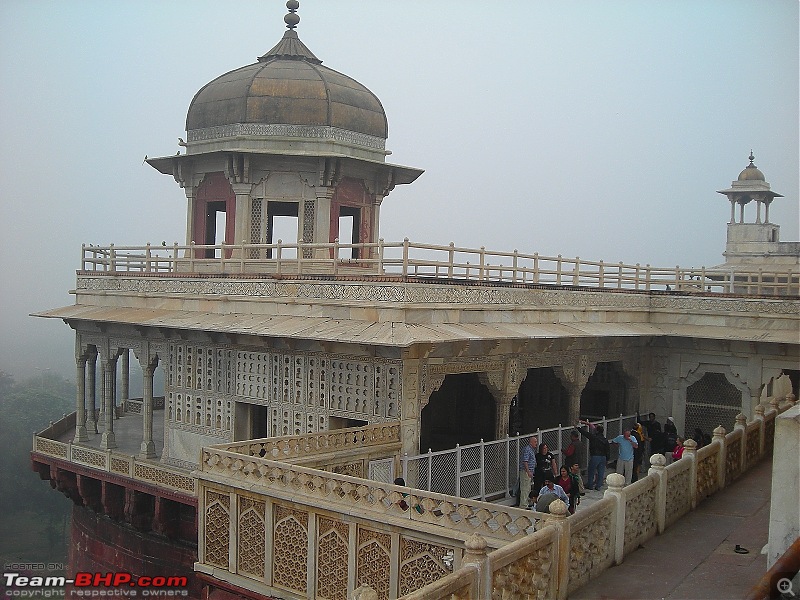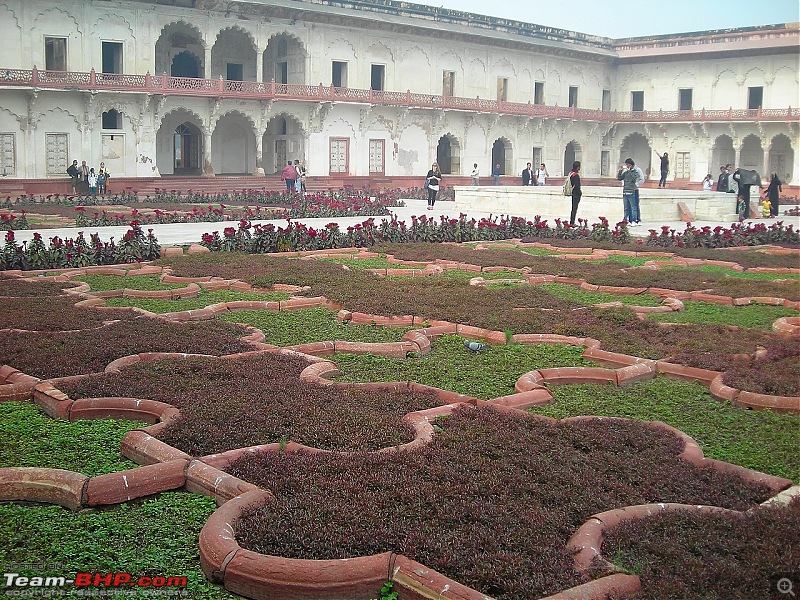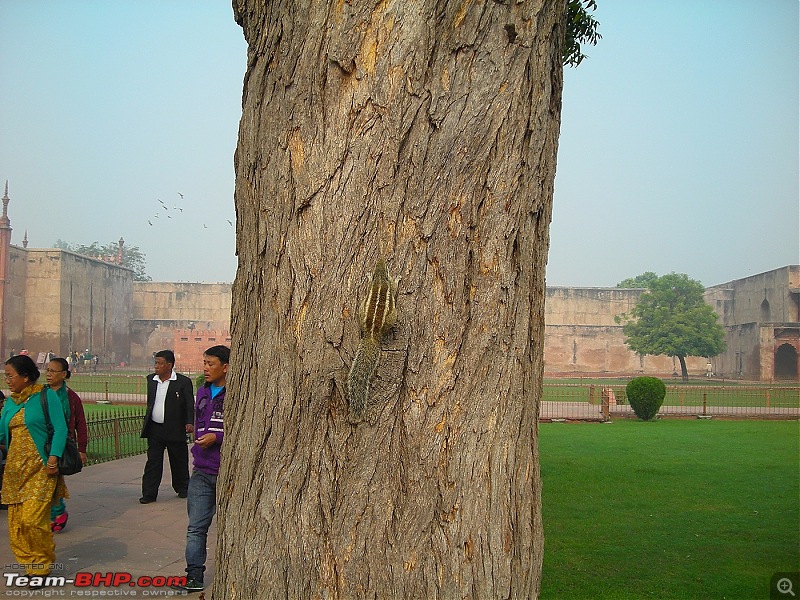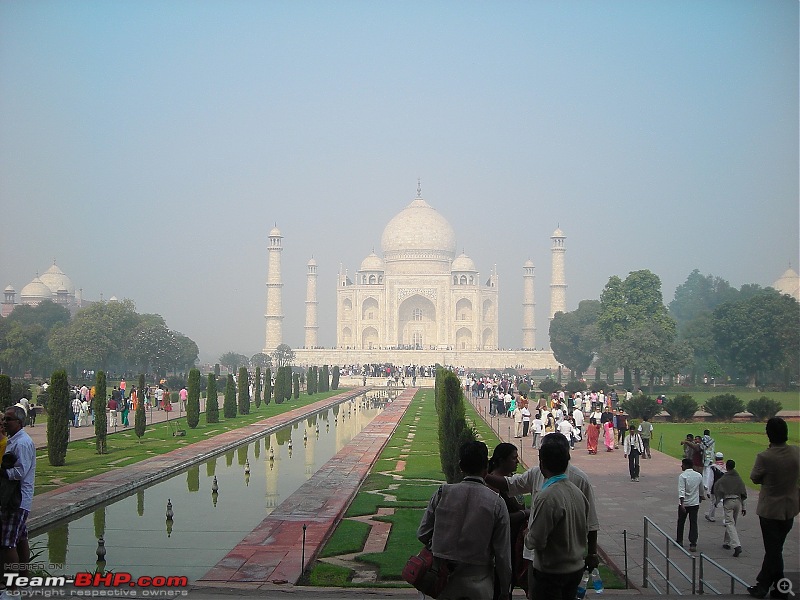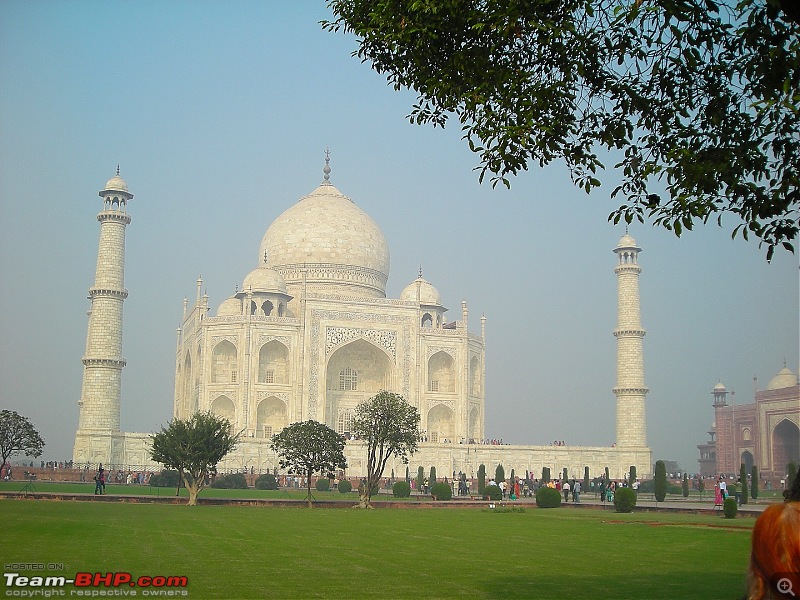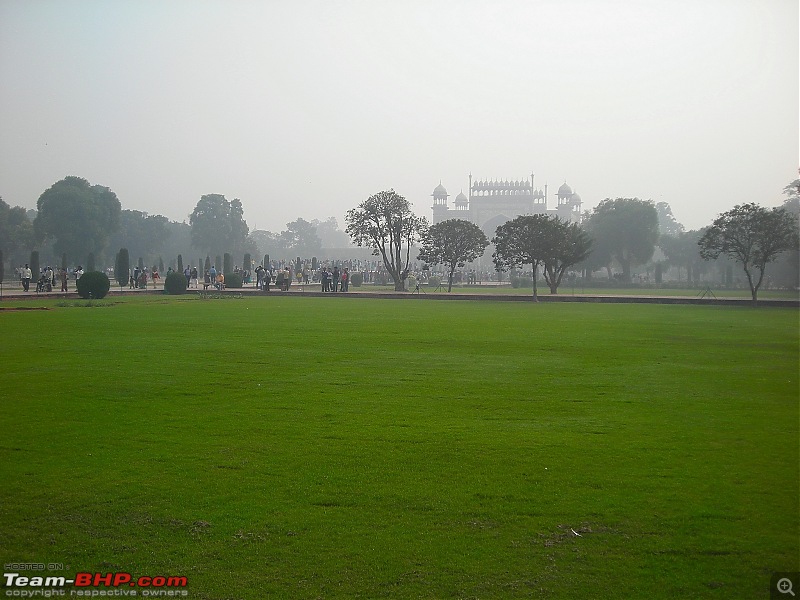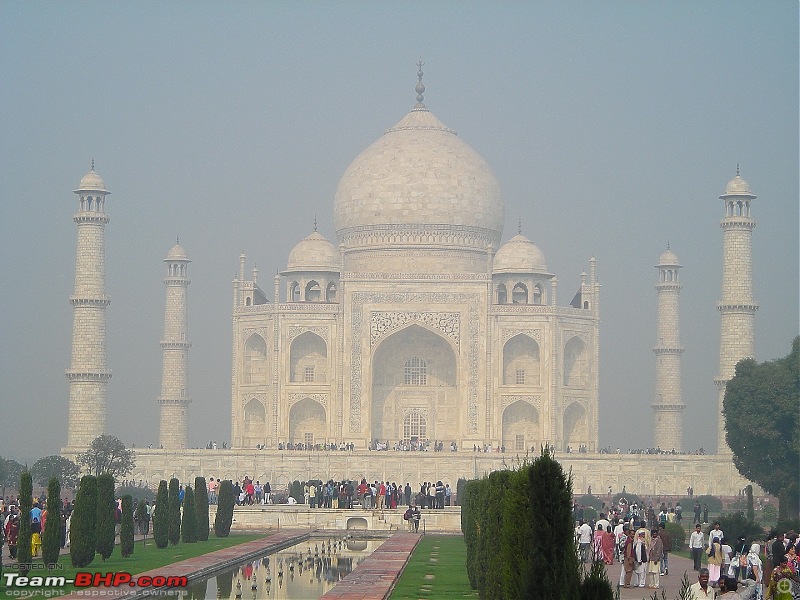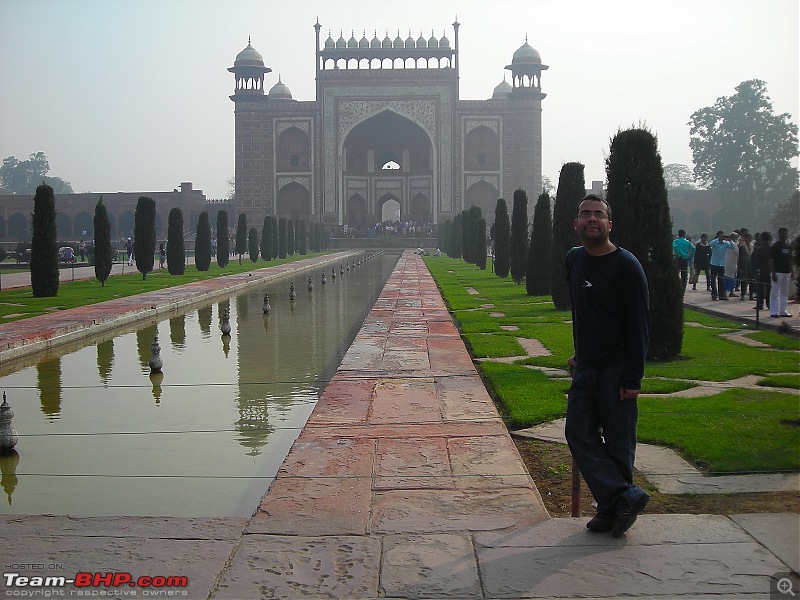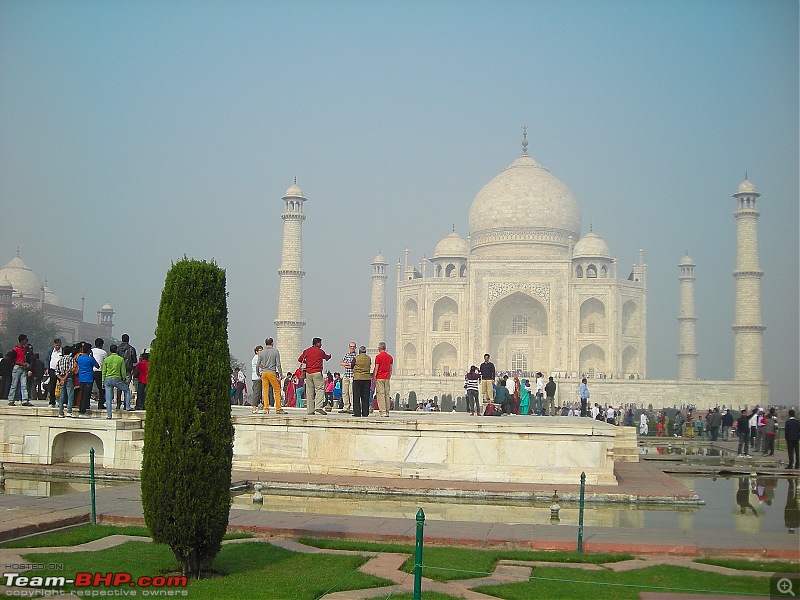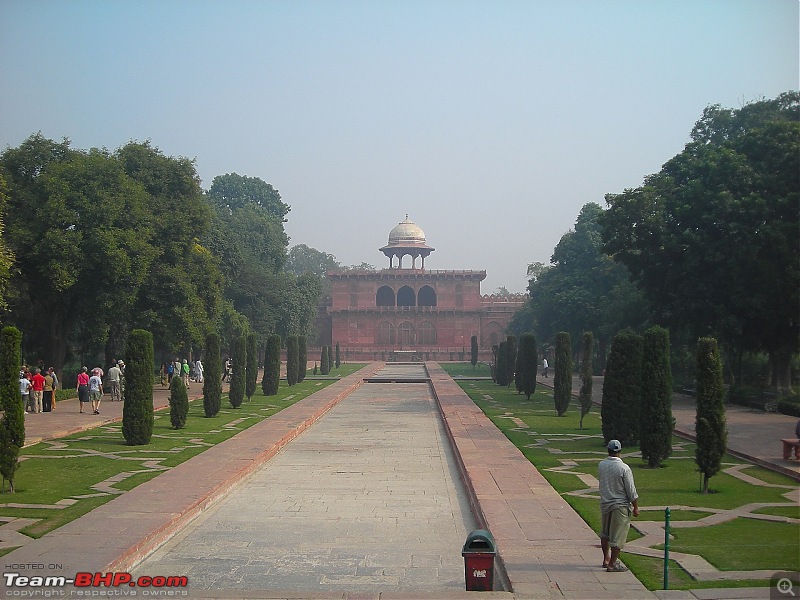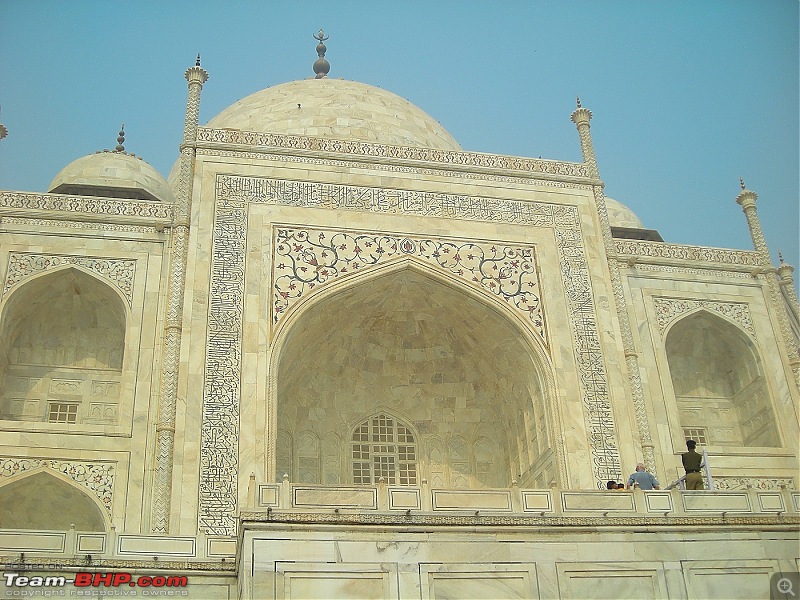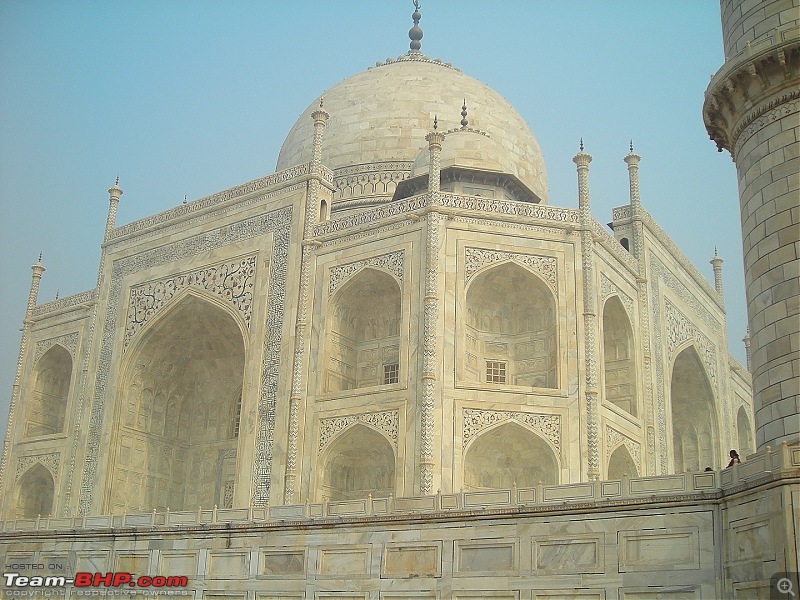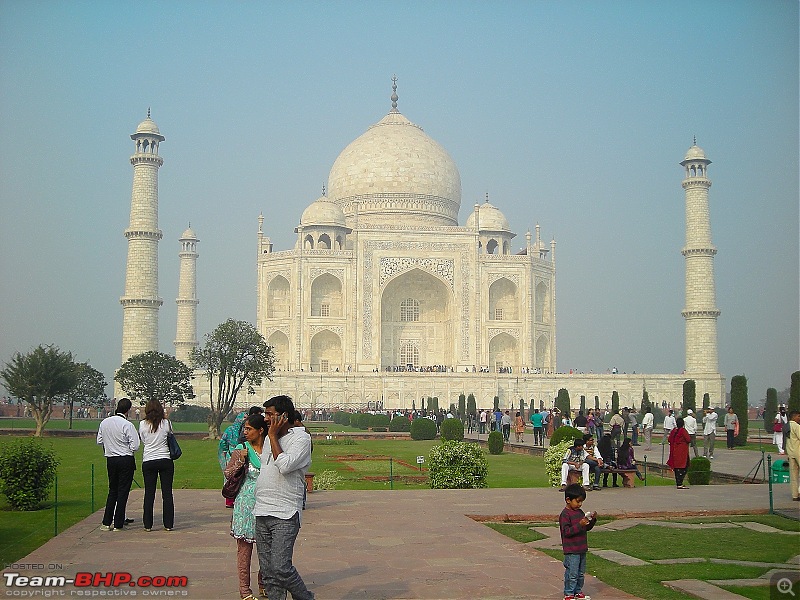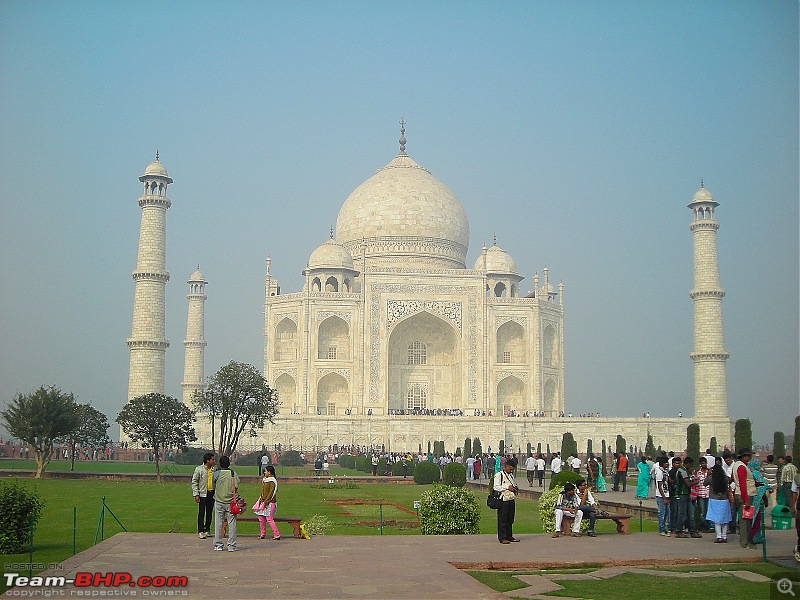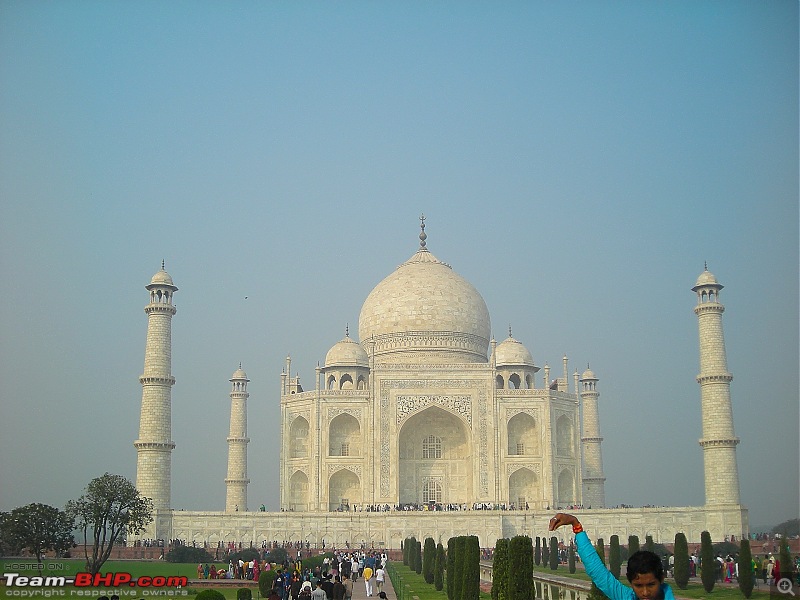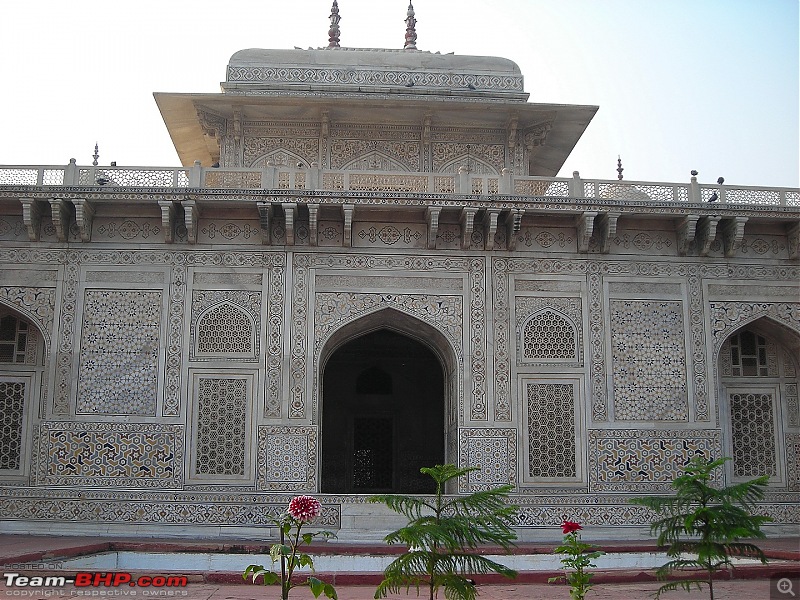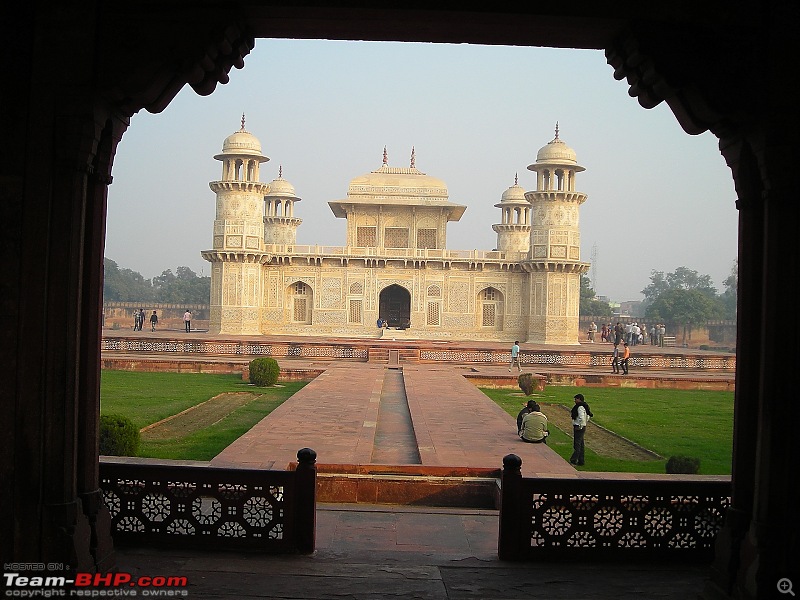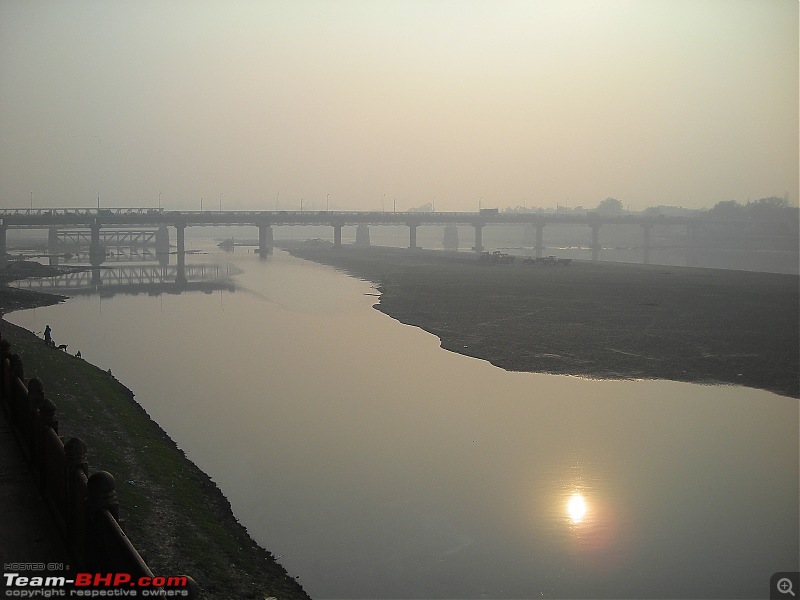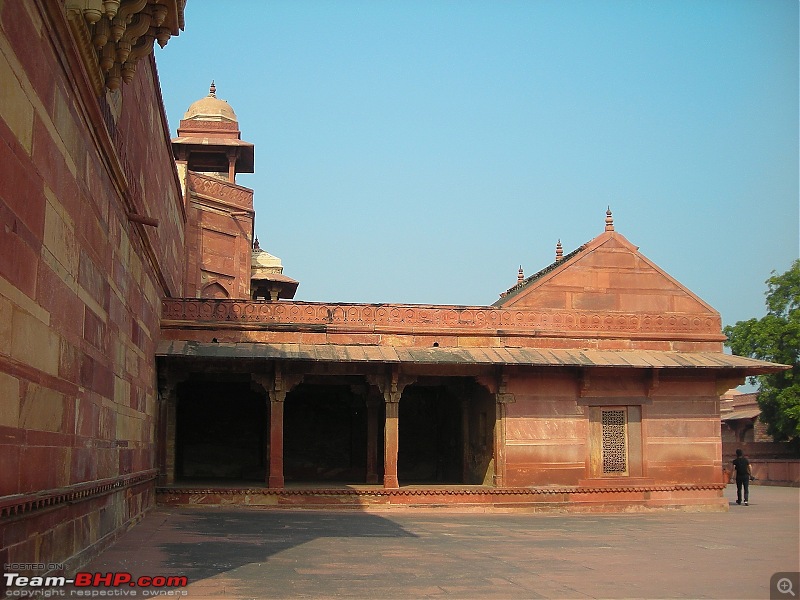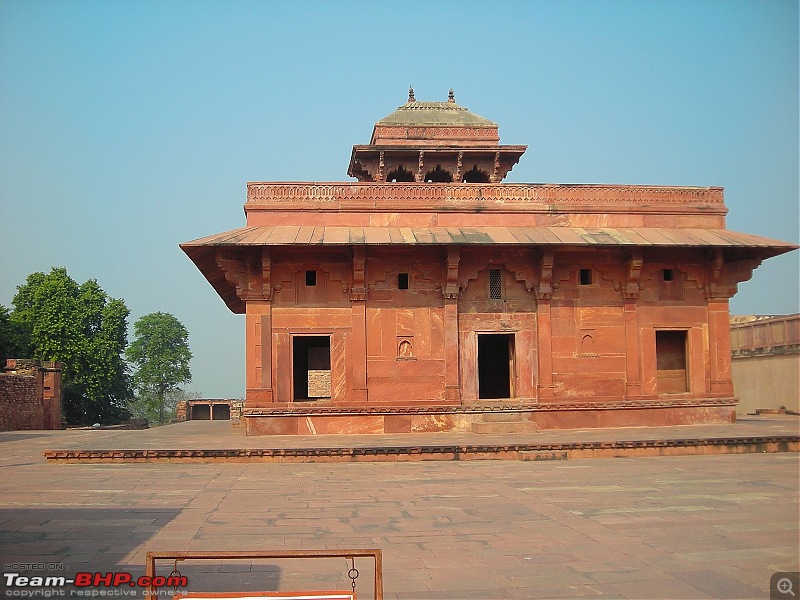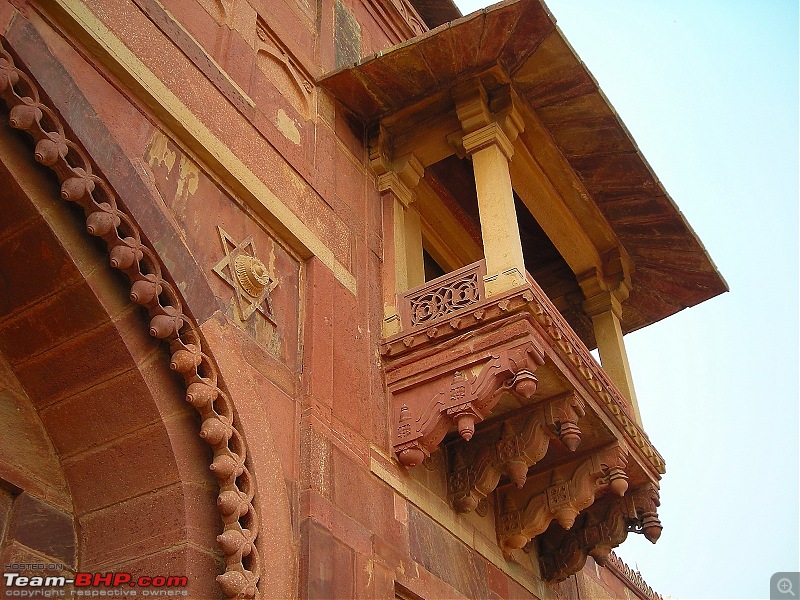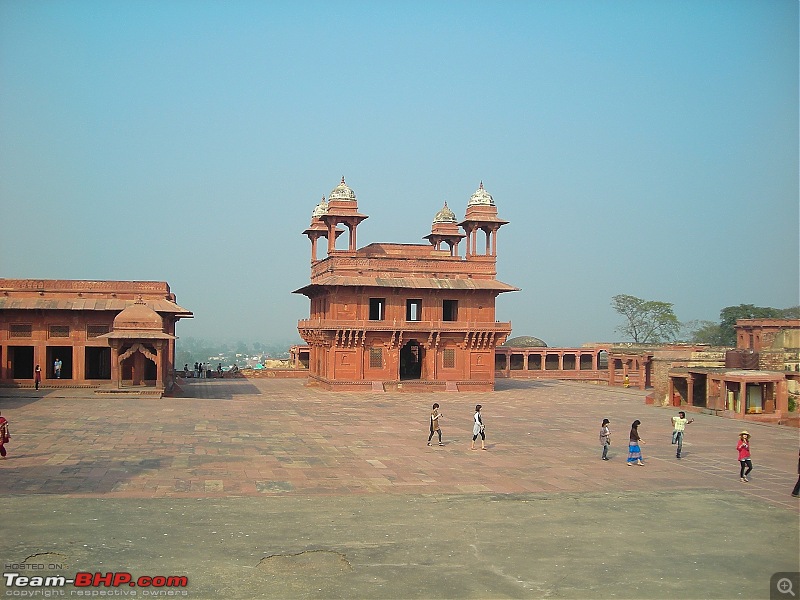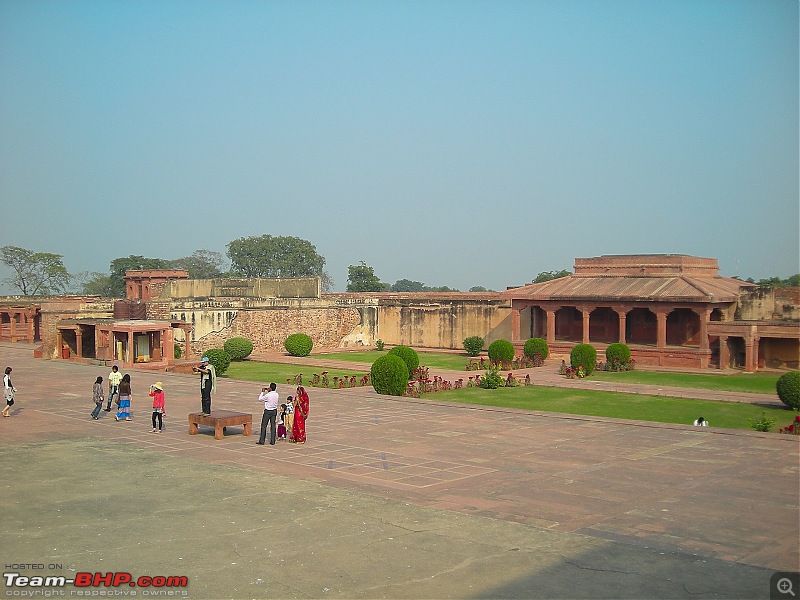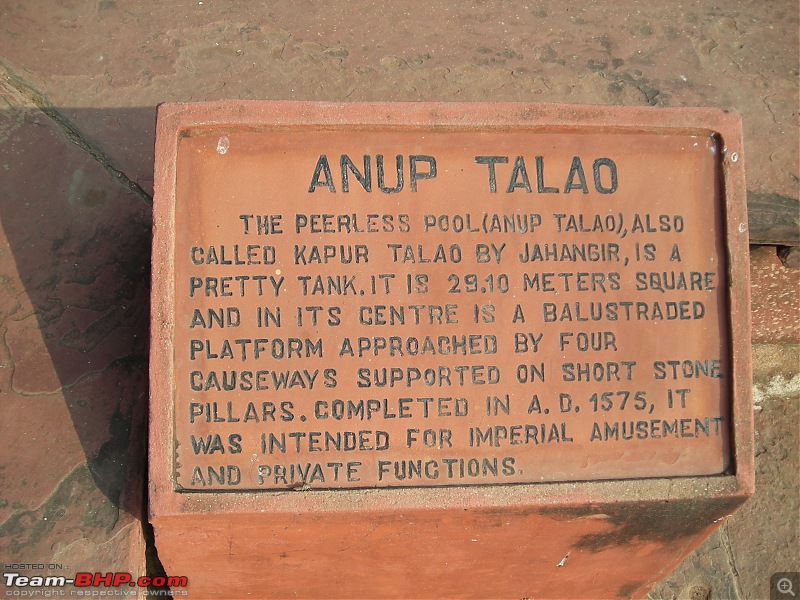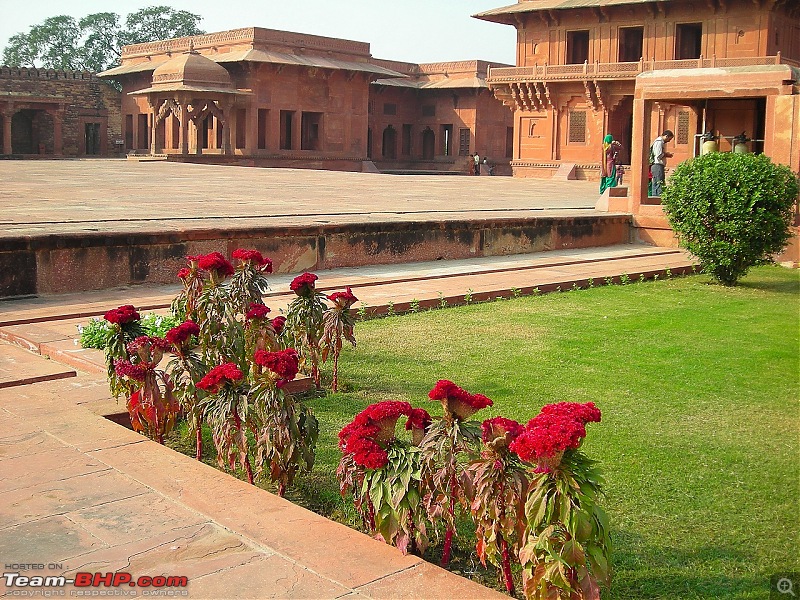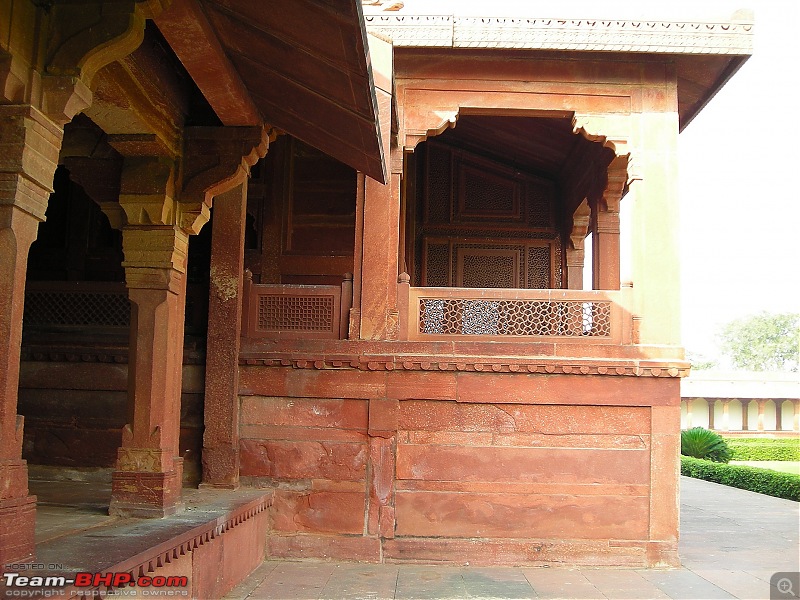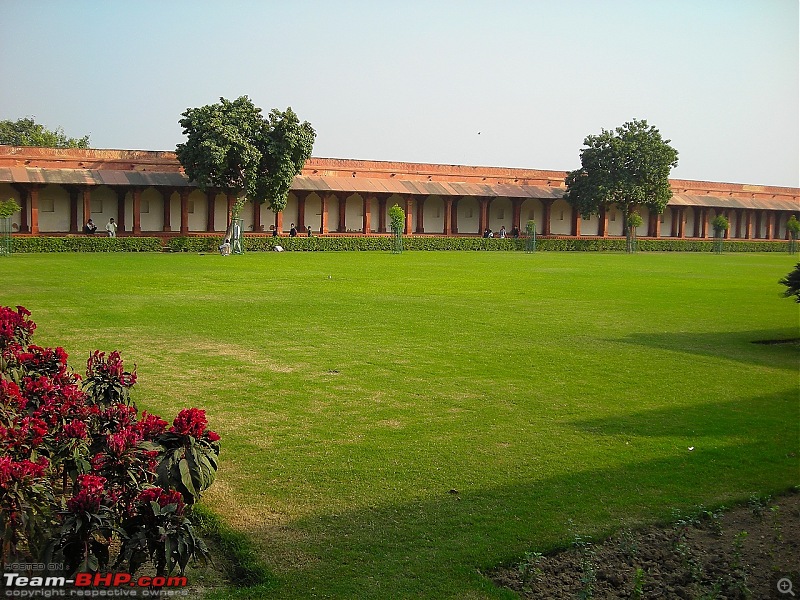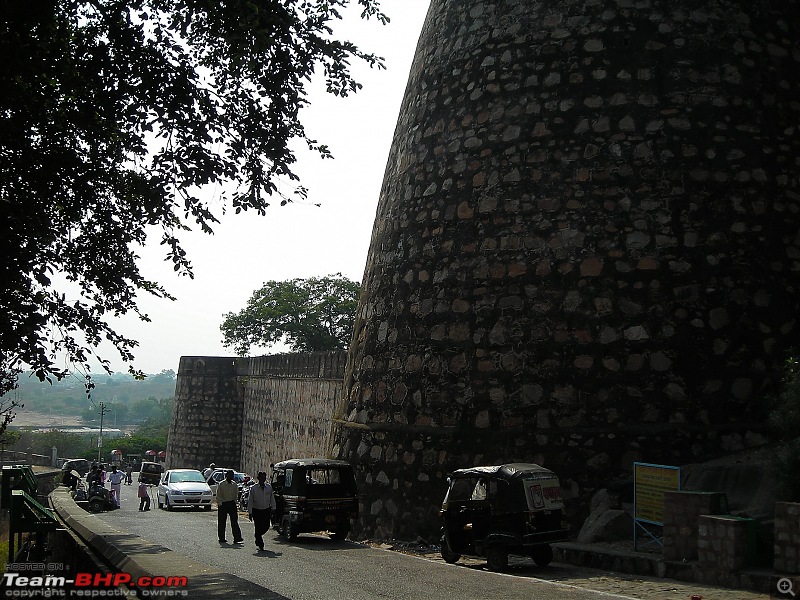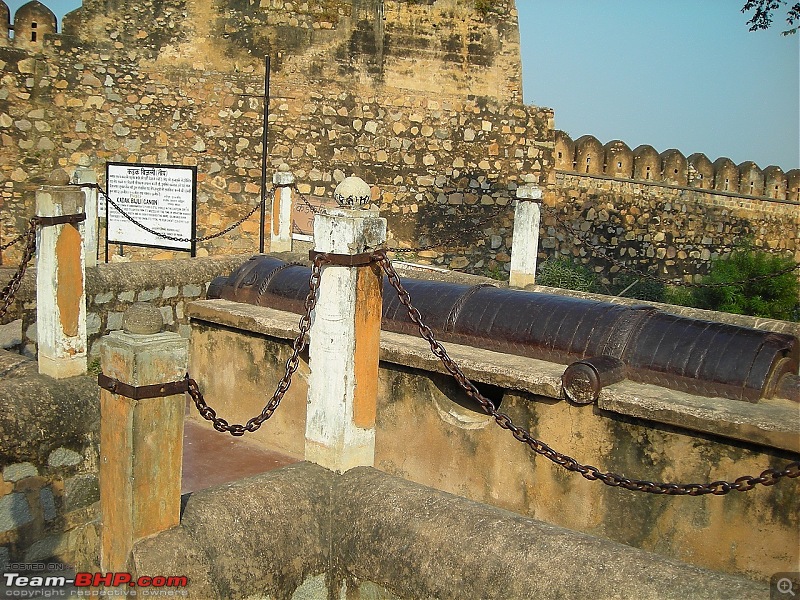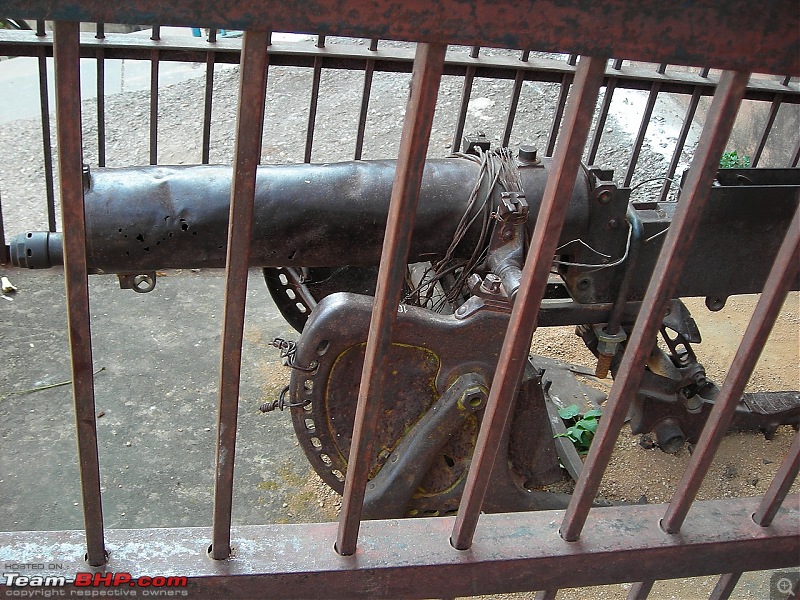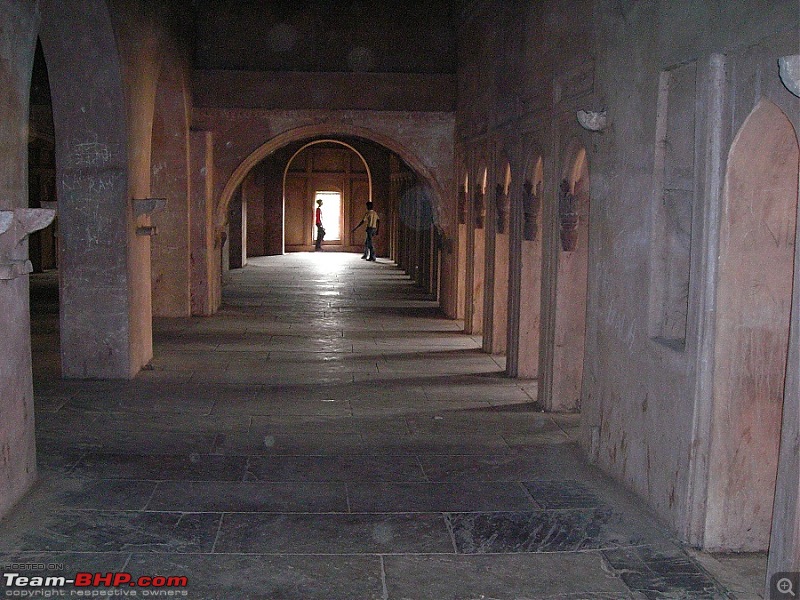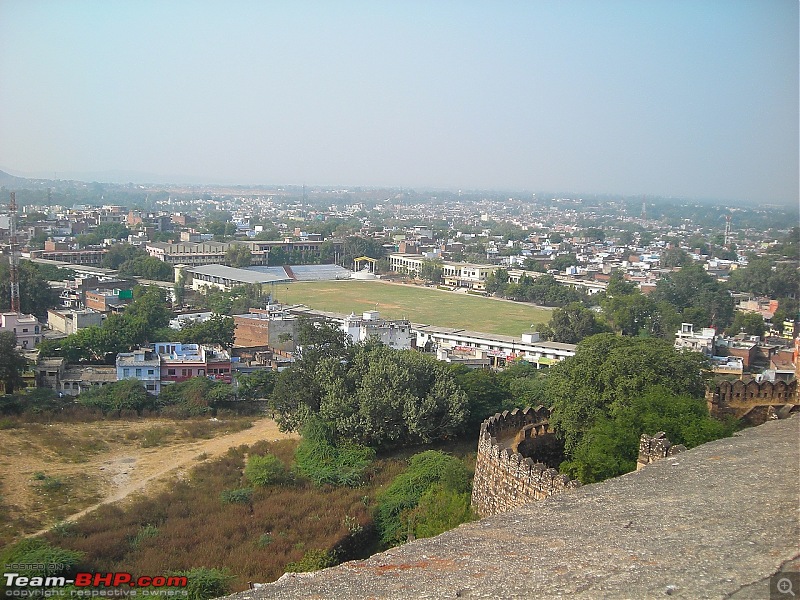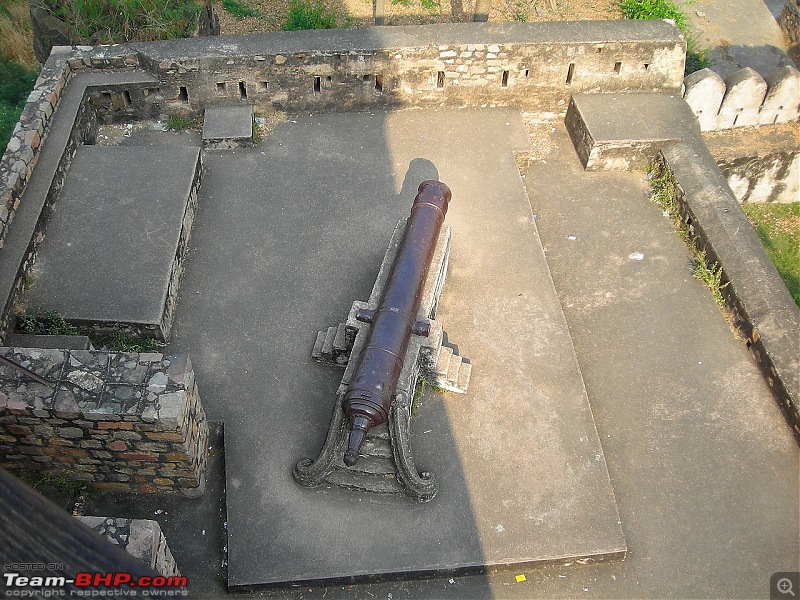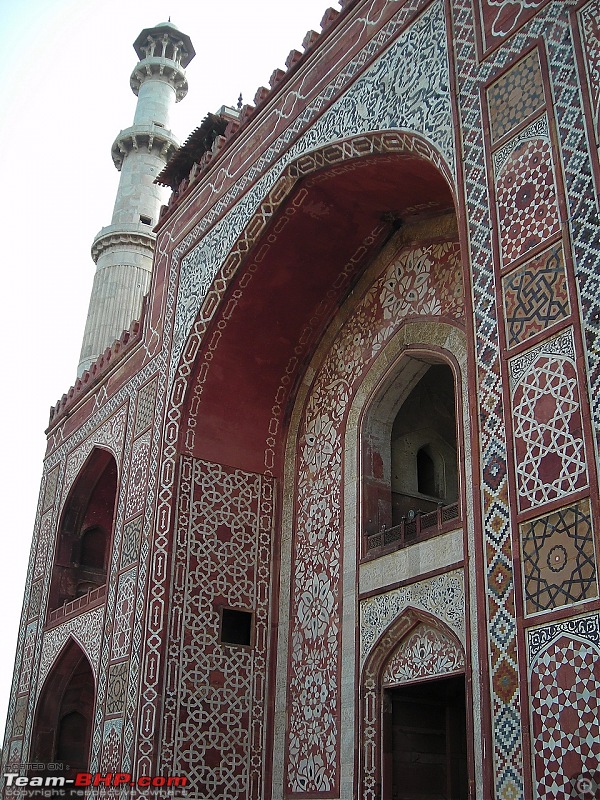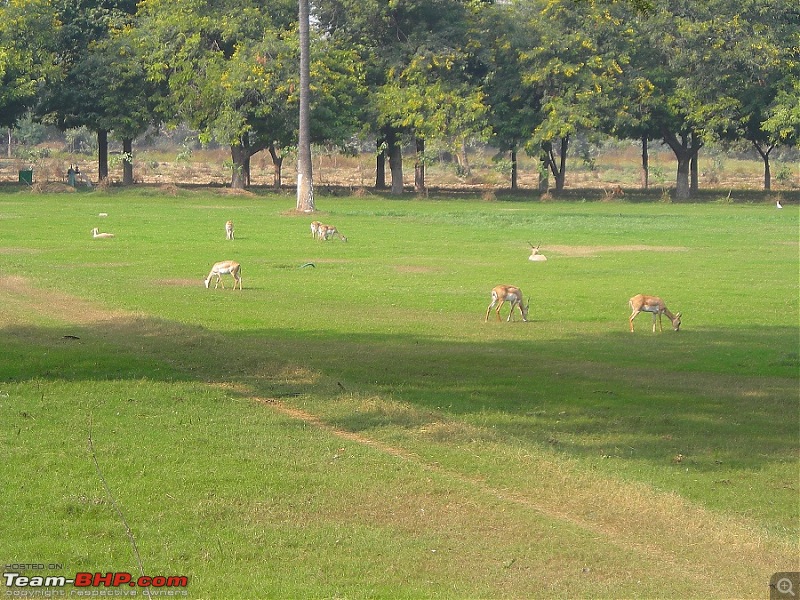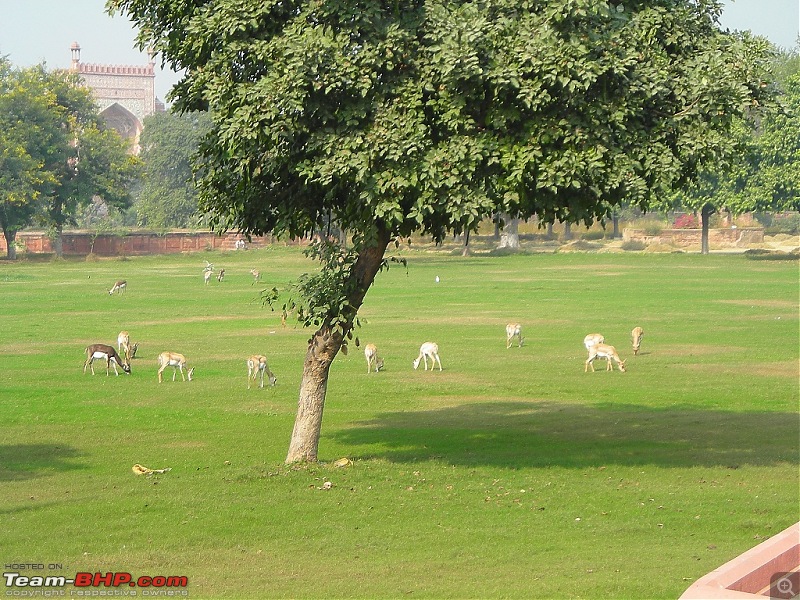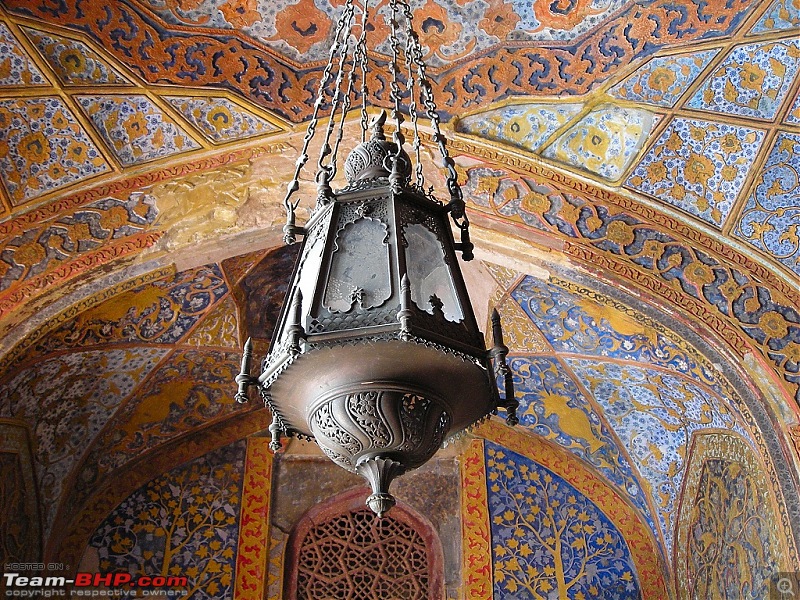| | #1 |
| BHPian Join Date: Jul 2015 Location: 30°N 76°E
Posts: 461
Thanked: 1,288 Times
| |
| |  (7)
Thanks (7)
Thanks
|
| |
| | #2 |
| BHPian Join Date: Jul 2015 Location: 30°N 76°E
Posts: 461
Thanked: 1,288 Times
| |
| |  (5)
Thanks (5)
Thanks
|
| | #3 |
| BHPian Join Date: Jul 2015 Location: 30°N 76°E
Posts: 461
Thanked: 1,288 Times
| |
| |  (4)
Thanks (4)
Thanks
|
| | #4 |
| BHPian Join Date: Jul 2015 Location: 30°N 76°E
Posts: 461
Thanked: 1,288 Times
| |
| |  (4)
Thanks (4)
Thanks
|
| | #5 |
| BHPian Join Date: Jul 2015 Location: 30°N 76°E
Posts: 461
Thanked: 1,288 Times
| |
| |  (4)
Thanks (4)
Thanks
|
| | #6 |
| BHPian Join Date: Jul 2015 Location: 30°N 76°E
Posts: 461
Thanked: 1,288 Times
| |
| |  (3)
Thanks (3)
Thanks
|
| | #7 |
| BHPian Join Date: Jul 2015 Location: 30°N 76°E
Posts: 461
Thanked: 1,288 Times
| |
| |  (4)
Thanks (4)
Thanks
|
| | #8 |
| BHPian Join Date: Jul 2015 Location: 30°N 76°E
Posts: 461
Thanked: 1,288 Times
| |
| |  (4)
Thanks (4)
Thanks
|
| | #9 |
| BHPian Join Date: Jul 2015 Location: 30°N 76°E
Posts: 461
Thanked: 1,288 Times
| |
| |  (4)
Thanks (4)
Thanks
|
| | #10 |
| BHPian Join Date: Jul 2015 Location: 30°N 76°E
Posts: 461
Thanked: 1,288 Times
| |
| |  (4)
Thanks (4)
Thanks
|
| | #11 |
| BHPian Join Date: Jul 2015 Location: 30°N 76°E
Posts: 461
Thanked: 1,288 Times
| |
| |  (4)
Thanks (4)
Thanks
|
| |
| | #12 |
| BHPian Join Date: Jul 2015 Location: 30°N 76°E
Posts: 461
Thanked: 1,288 Times
| |
| |  (4)
Thanks (4)
Thanks
|
| | #13 |
| BHPian Join Date: Jul 2015 Location: 30°N 76°E
Posts: 461
Thanked: 1,288 Times
| |
| |  (3)
Thanks (3)
Thanks
|
| | #14 |
| BHPian Join Date: Jul 2015 Location: 30°N 76°E
Posts: 461
Thanked: 1,288 Times
| |
| |  (3)
Thanks (3)
Thanks
|
| | #15 |
| BHPian Join Date: Jul 2015 Location: 30°N 76°E
Posts: 461
Thanked: 1,288 Times
| |
| |  (5)
Thanks (5)
Thanks
|
 |
Most Viewed












